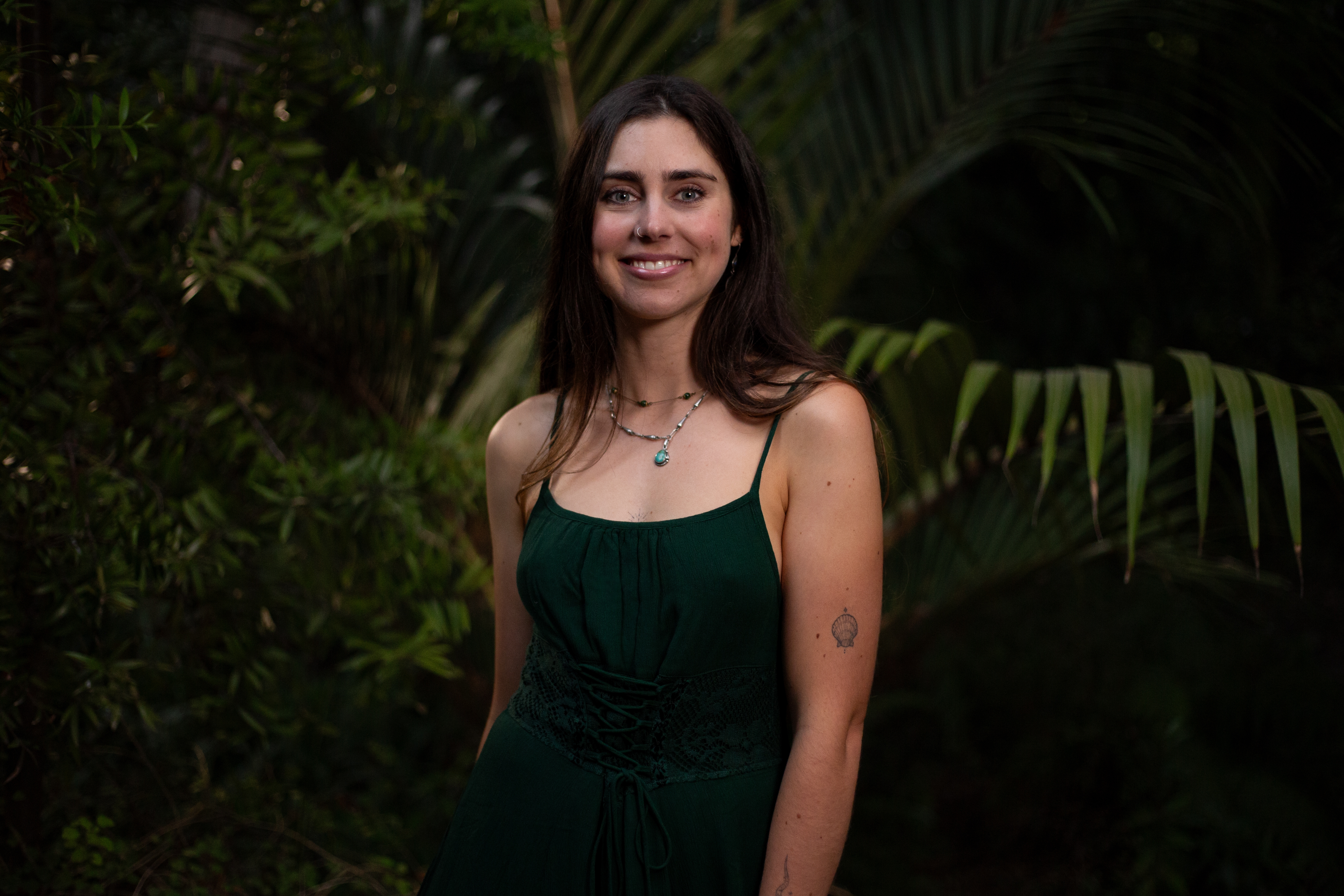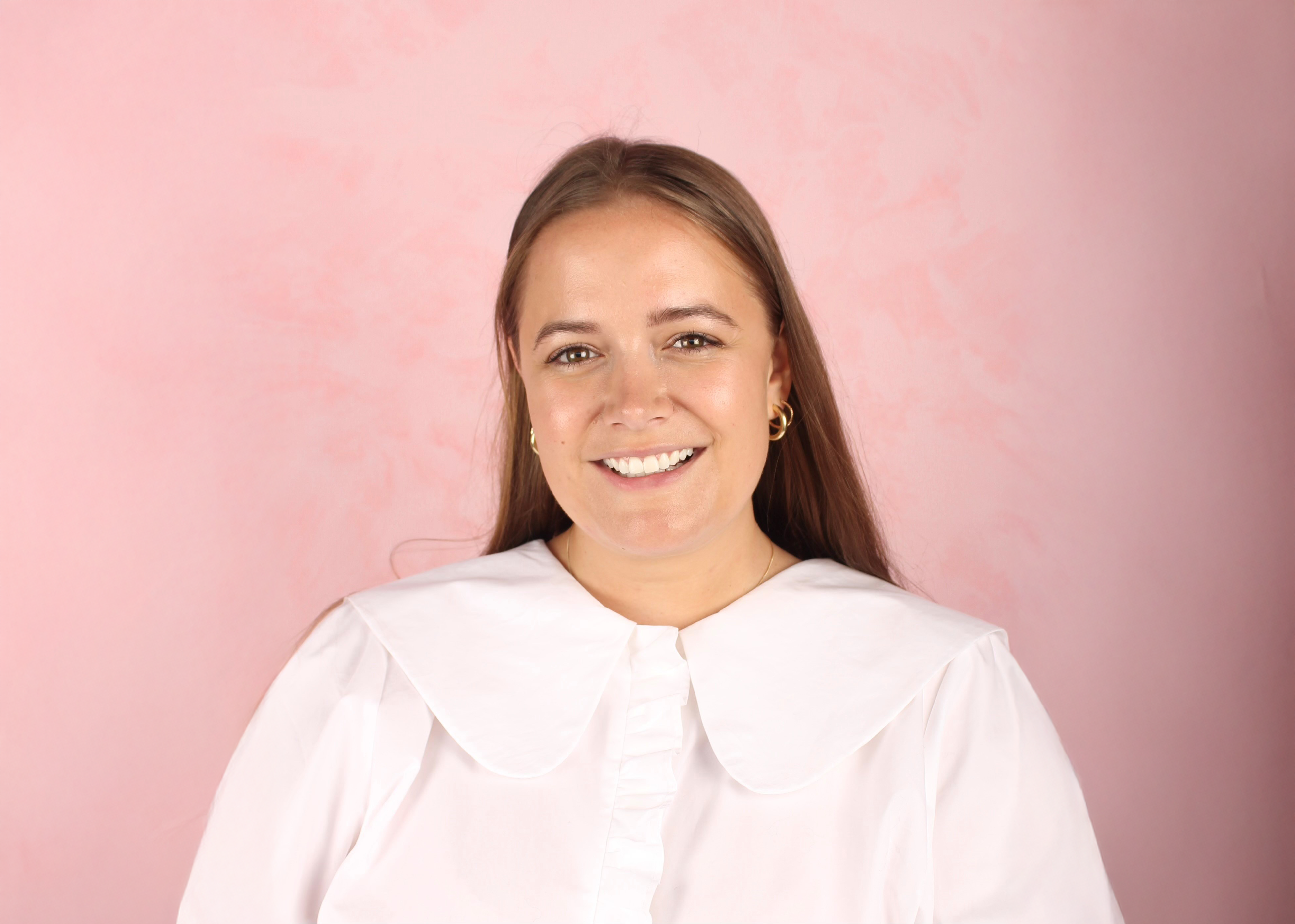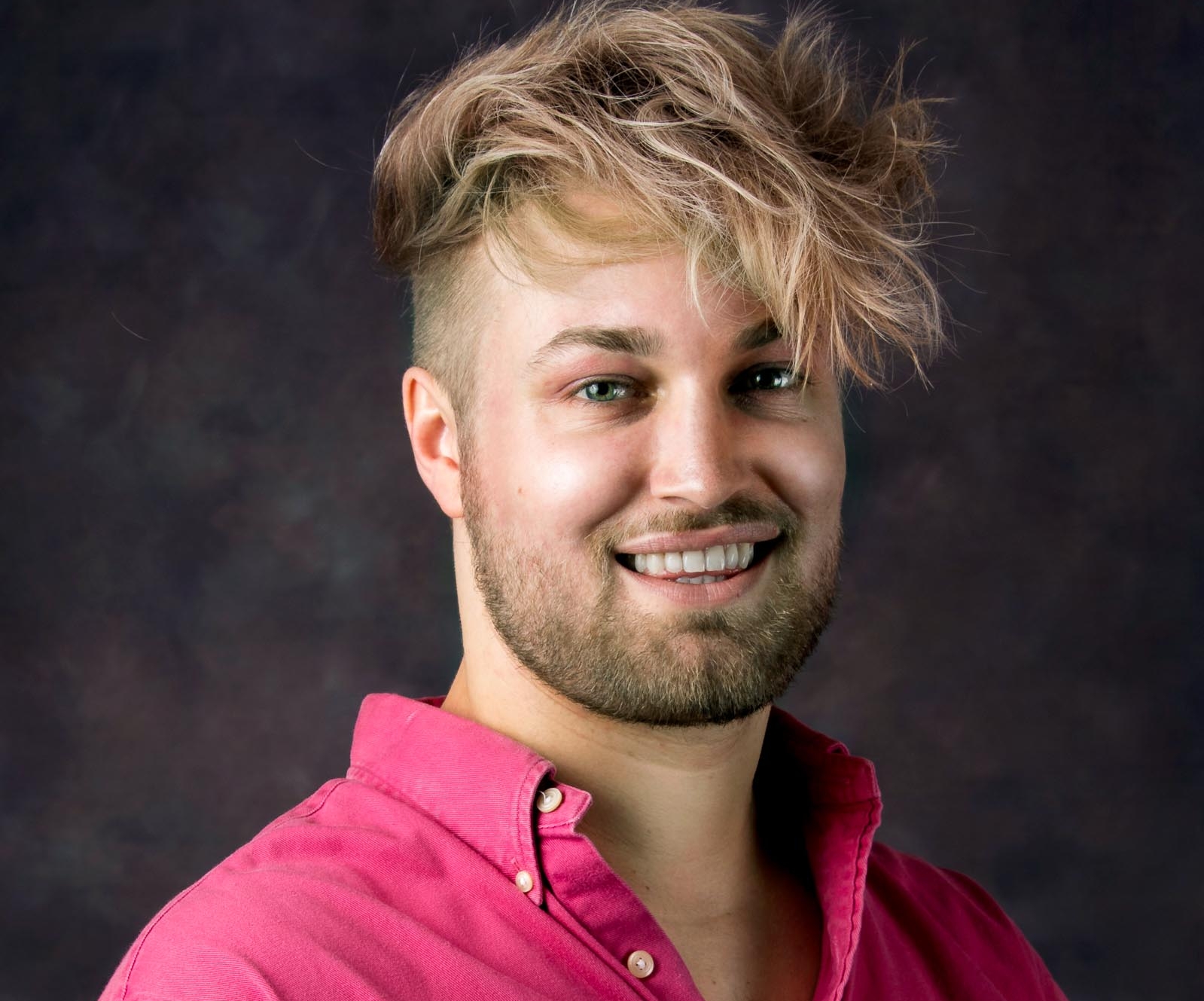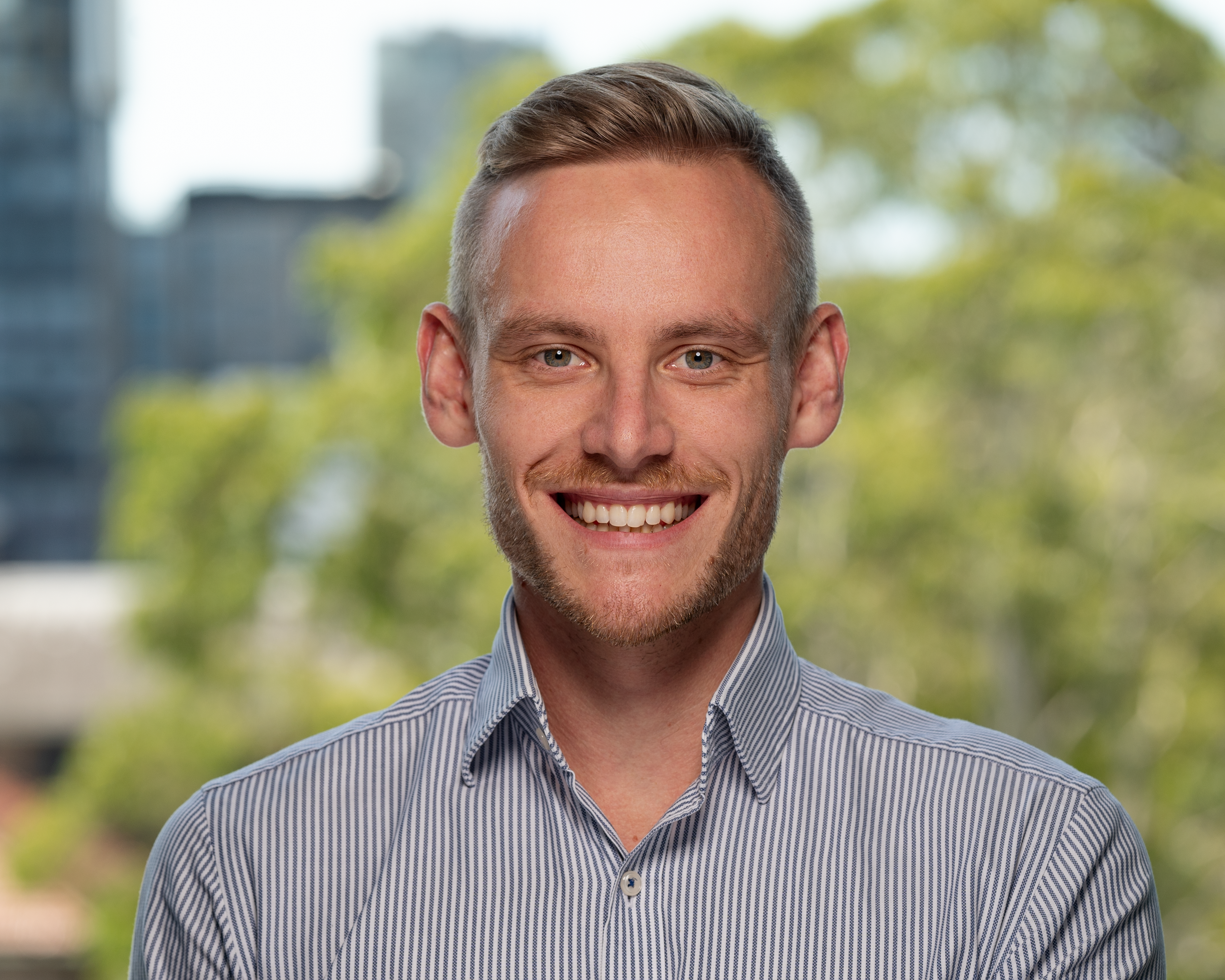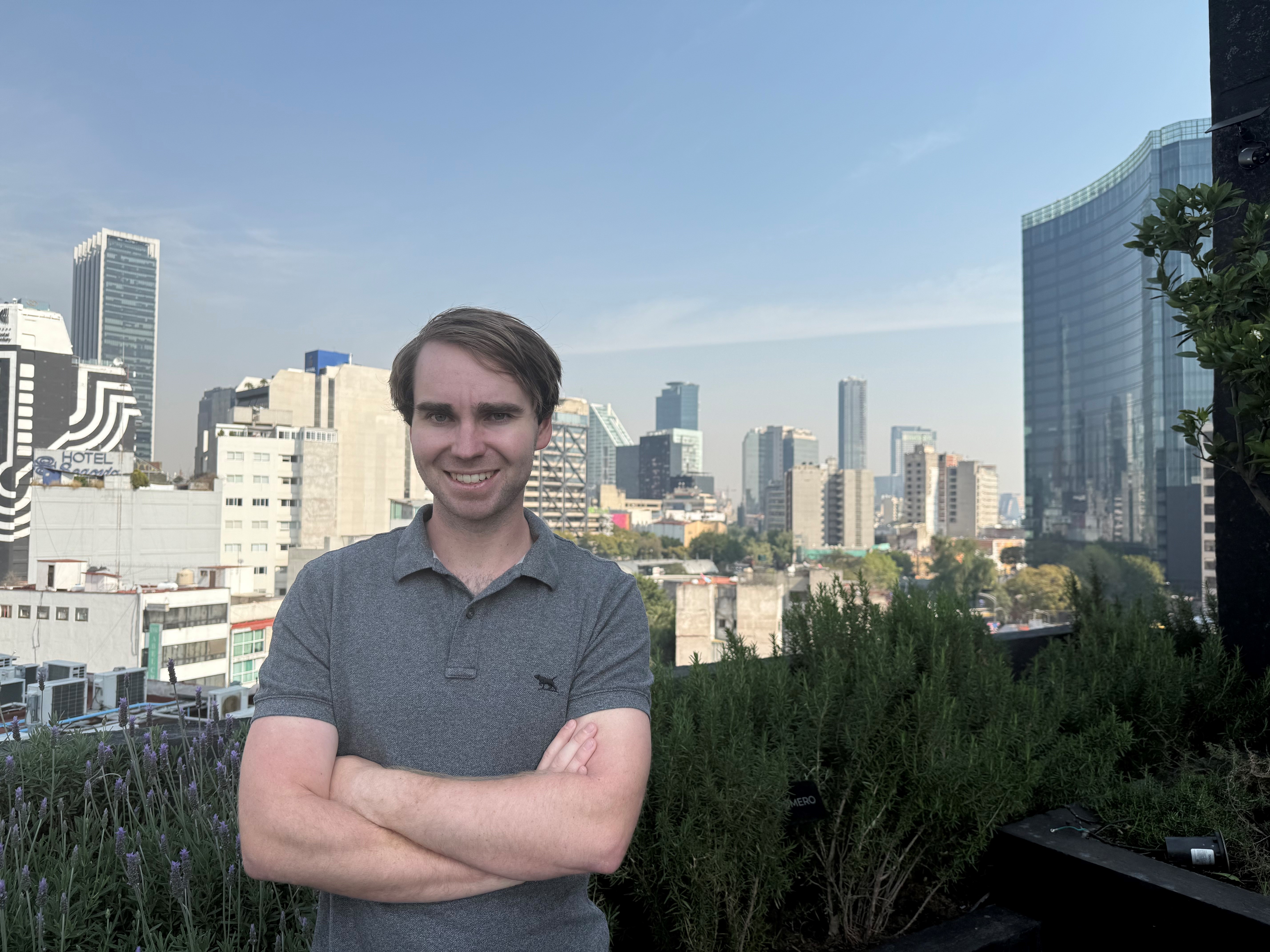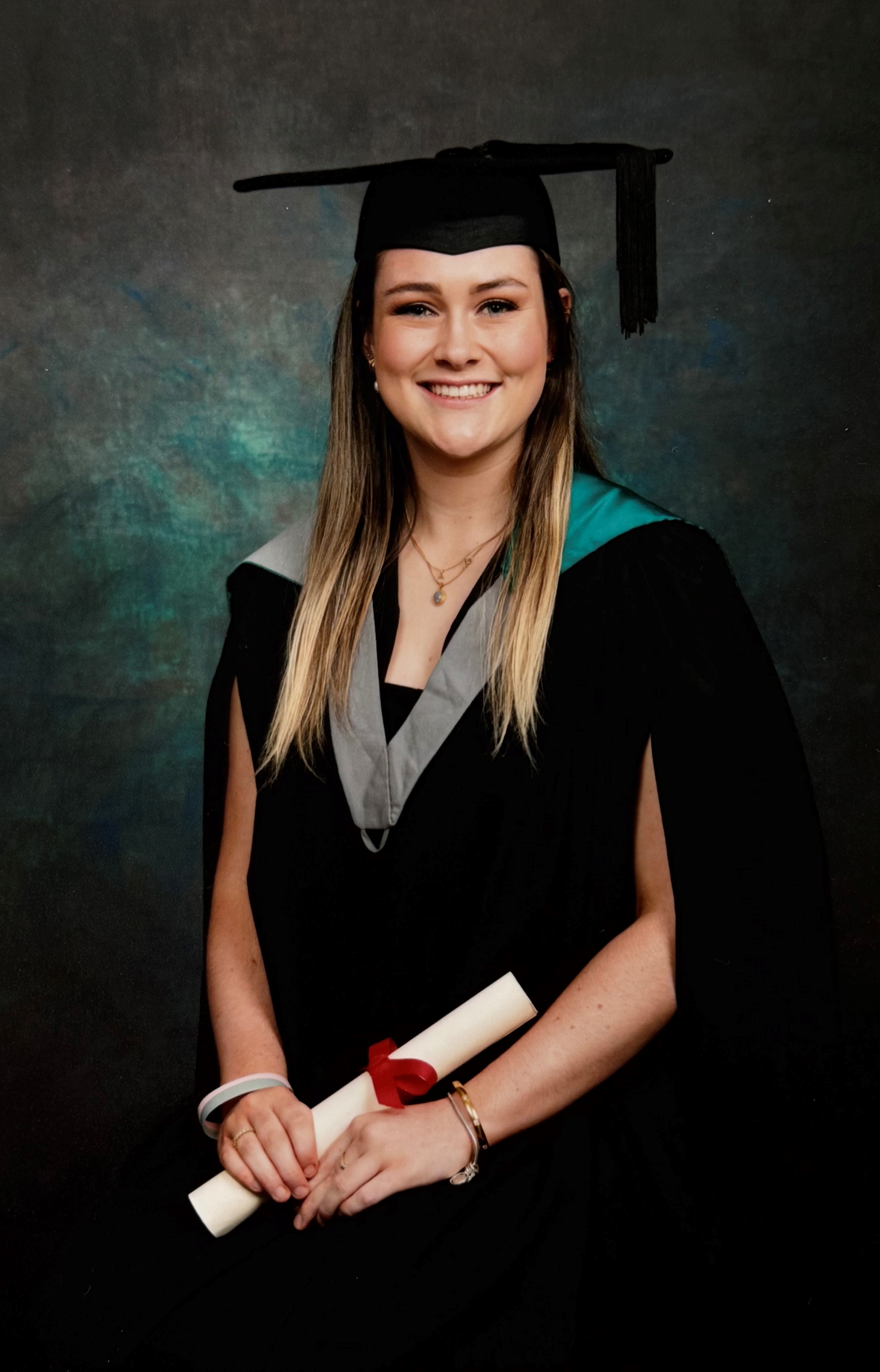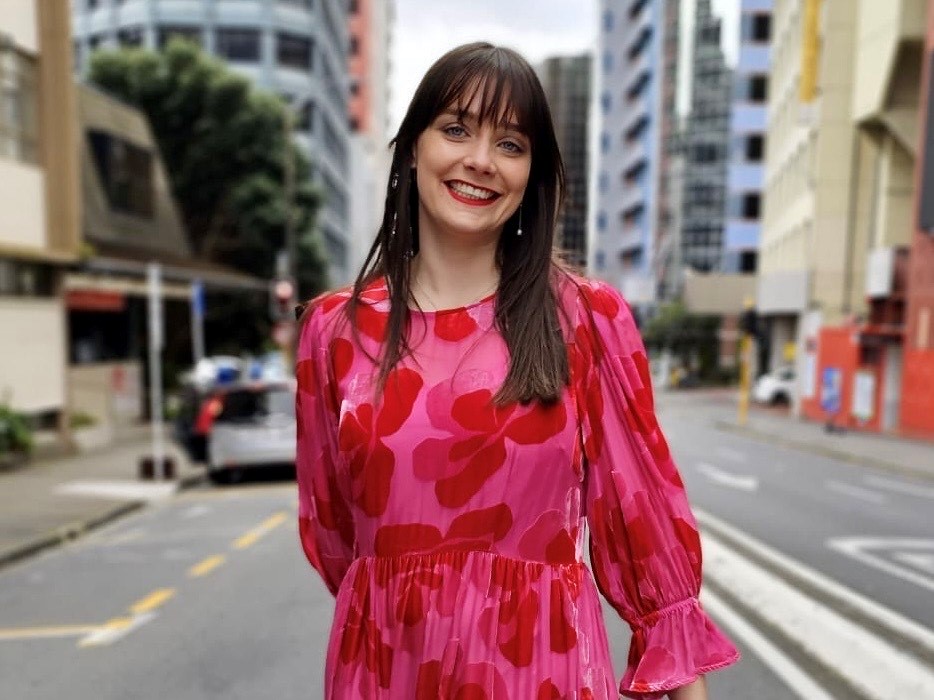Can you tell us a bit about your career so far and what you are currently up to?
I specialise in corporate and infrastructure sustainability. In a nutshell, I help organisations and large projects to reduce their carbon emissions, be more resilient, and achieve broader sustainability outcomes.
I started out doing my post-grad research on community resilience and sustainable urbanism, and after a short internship at the Christchurch City Council I joined a public sector urban regeneration agency called Eke Panuku Development Auckland (Panuku) for a little over three years. I looked after the organisation’s carbon reporting and reduction plan and a range of sustainable infrastructure projects.
I then moved to Pōneke/Wellington to be part of KiwiRail’s Inter-Island Resilient Connection Project. The team I joined were redeveloping the Interislander’s ferry terminal and port infrastructure to accommodate the new generation of hybrid ferries. As the project’s Sustainability Lead, my job was to set our direction on sustainability outcomes and to incorporate this into the design and build of the infrastructure.
More recently, I’ve joined the Ministry for Primary Industries (MPI) to develop their Carbon Neutral Action Plan. This involves measuring and reducing their organisational emissions to reach carbon neutrality by 2025. It’s part of the public sector playing it’s part in Aotearoa’s transition into a low-carbon economy, and will support MPI’s social license to encourage decarbonisation within our primary sector.
The consistent thing about these roles is that they’re partly about the science of sustainability and reducing carbon, but more so about engagement and building a strong support base for change. I love how collaborative my work is in that sense.
You were Vice President of the Student Volunteer Army during your time at UC – what made you get involved in that? How do you think that experience complimented your studies?
The culture of the student community was partly why I chose to study at UC. I feel really privileged that I could be involved in SVA’s continued evolution from emergency response movement into a lasting organisation of young people making a difference.
At the time I was questioning ”What is community resilience, and how do we strengthen it?”. I started my undergrad studies with a focus on environmental aspects of this, but quickly came to realise how interrelated and important social and economic aspects are too.
My time with SVA gave me a different perspective of what it means to build community resilience. In my coursework I was learning more about the technical “top-down” things - like policy and urban planning. These of course have a huge role to play in providing the infrastructure and services that we all need to live healthy, decent lives. But grassroots, “bottom-up” initiatives compliment those big-system approaches, and they strengthen the social fabric of our communities in a powerful way.
I started researching this concept and received a scholarship from MBIE’s Resilient Urban Futures Programme to pursue my Masters. I produced a spatial analysis of neighbourhood-level liveability and resilience in Christchurch, and attempted to identify the driving factors behind the differences I found. A special part of my research was engagement with thousands of residents, especially young people, who are typically underrepresented in research like this.
Within the context of the Christchurch rebuild (and unequal recovery experiences), my work provided government agencies with a snapshot of community wellbeing patterns, issues and opportunities across the city. It added another layer to their understanding and planning response, and I think illustrated the value of community centered initiatives as something complimentary to the big capital “anchor” projects. It would be interesting to repeat the process I went through to understand what has changed and improved in the years since.
Bringing this back to SVA and it’s influence, my involvement really widened my frame of reference in my research, and the concepts I was inspired by connected to the work of Panuku and their urban regeneration kaupapa. I was really excited to join them as a graduate and continue my thinking in this space.
In 2020, you became the New Zealand Green Building Council (NZGBC) Future Thinker of the Year. The award recognises environmental knowledge and leadership, and success and passion for greener, better buildings. Can you share a bit about the work that led to you receiving this award?
I was eligible for the award as a member of the New Zealand Green Building Council’s Future Thinker group. We were young professionals and students that connected with the green building industry and wanted to learn more about what we could do to drive change. The recognition was really cool but it also gave me a platform to contribute my voice to industry discussions. I was inspired by the mahi and leadership of the previous winner, Kate Boylan, and that encouraged me to give it a go.
I think what contributed to me getting the award was my work using a sustainability rating tool called Green Star - Communities. I was the first person in the country to use the tool and obtain three successful certifications for Panuku’s work. You can read an article about it here, but it’s basically a rating scheme for what best practice sustainable urban development looks like, and independent experts measure how well a project achieves this. It held us accountable and helped us lift our game in the work we were doing.
Alongside this, I was doing a lot of work to improve how Panuku operated in a sustainable way as an organisation. I was responsible for measuring and reducing our organisational carbon as a business and developing more sustainability-focused policies (like procurement guidelines). I was also taking the lead on a cost benefit analysis tool that monetised the social and environmental outcomes of our development projects, and we used this in our funding business cases.
The Future Thinker recognition was really humbling, and I’m so grateful that I had a platform to share what I cared about. I have to acknowledge my colleagues at Eke Panuku, too, who supported me to do all of this work and are tirelessly committed to the vision of a stronger, more sustainable Auckland. They’re continuing to do amazing things.
Big picture, what goals are you and colleagues in the industry working towards? Where do you hope Aotearoa New Zealand had progressed to in the next 15 years?
Our mission is to reduce carbon emissions as widely and quickly as possible to achieve our national target of net-zero emissions by 2050. The role of sustainability professionals like me is to translate that task into action plans, and to empower people to be part of those actions. I genuinely hope I am without a job in 15 years time, because by that point we should have set in motion enough change and sustainability will be business-as-usual. If I do still have a job, I hope it looks a lot different than it does now and takes on a “regenerative” (meaning net-positive) approach, rather than an approach that focuses on “sustaining” and minimising damage (i.e. reducing carbon).
I think there has been a step-change in climate change action across government, business and our personal lives, but time is really scarce. We can’t negotiate with the planet to get more time to change to the extent that we have to.
On the positive side, I’m encouraged that sustainability is being incorporated into our decision making more and more; big corporates are disclosing their climate-related risks and opportunities, governments and businesses are reporting and reducing their direct emissions (these are called Scope 1, Scope 2 and Scope 3 mandatory emissions), green finance is growing, and consumers are expecting more genuine efforts from the businesses and products they support.
Emerging sustainability technologies are also exciting, like real-time emission monitoring from satellites that “carbon map”, and our government policies are strengthening. But at a leadership level, we need more CES - Chief of Sustainability. Our institutions and businesses can’t survive in an increasingly stressed world without putting sustainability at the heart of their strategic thinking and operations and need clear leadership to drive this.
The challenge I think is that we’ve reached a crossroads. In the last few years, we’ve exhausted many of our most obvious “low hanging” opportunities to reduce carbon. We’re now faced with making tough decisions and don’t have the luxury of time to figure it all out.
I’m also concerned about what we’re often excluding from our emission reduction targets. There’s a category of emissions called “Scope 3 - Indirects”. They’re hard to identify, measure and allocate, but in many cases, they can represent the lion’s share of a business’s carbon impact. We have to seriously tackle these and reduce them fast.
We also recognise that we can’t work in isolation but have to work with a huge orchestra of other experts, mana whenua iwi, and communities that represent the diverse range of experiences and needs that we have as a society. I think a lot of us are thoughtful about the ripple effects of climate change, and that our resilience is as much an environmental issue as it is a social justice issue. There will be some really complicated consequences and trade-offs that we will all have to address together to make sure our transition is just and lifts everyone up.
We have so much to enjoy and be thankful for in Aotearoa, but a lot to protect and fix. I’m really grateful I started my journey at UC and was given a solid foundation to work in this sector. I’m motivated to be a part of the community trying to make sense of these challenges, and I’m looking forward to the next generation of leaders and young people that will join us and challenge our thinking even further.




